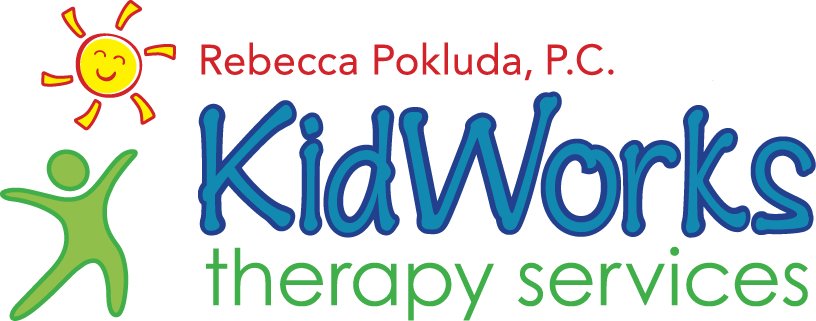Occupational Therapy (OT) is a health profession that helps people improve the functioning of their nervous systems in order to develop skills, leading to success in everyday life including social, personal, academic, and vocational pursuits. An Occupational Therapist is an allied health professional trained in the biological, physical, medical, and behavioral sciences, including neurology, anatomy, physiology, human development, kinesiology, orthopedics, and psychology. OTs must be certified by the Occupational Therapy and Physical Therapy Board of Texas to practice in the state of Texas .
Pediatrics is a specialty field of Occupational Therapy. Pediatric Occupational therapists can specialize in Sensory Integration and Praxis.
Occupational Therapy helps children develop the basic sensory and motor components which influence learning and behavior, such as body awareness, coordinating two sides of the body, fine motor control and organization, motor planning, motor movements and coordination, gross motor coordination, ocular motor skills, and visual perceptual skills.
Therapy helps to develop the underlying skills necessary for learning and performing specific tasks, as well as social and behavioral skills, self-concept, and confidence. Occupational Therapists not only work directly with the child, but also with the parents and the family in order to educate and reinforce specific skills and behaviors which will be used to improve and facilitate the child痴 performance and functioning.
Sensory Integration develops in the course of ordinary childhood activities. For most of us sensory integration occurs automatically, unconsciously, and without effort. But for some children sensory integration does not develop efficiently. When the process of sensory integration does not occur a number of problems in development, learning, language, social skills, and behavior may become evident.
Occupational Therapists work with the following populations, but are not limited to:
- Attention deficit disorder (ADD) with or without hyperactivity (ADHD)
- Autism, Aspergers, and other pervasive developmental disorders (PDD)
- Specific learning disabilities
- Motor Coordination Difficulties
- Cerebral Palsy
- Down Syndrome
- Visual Impairments
- Multi-handicapped
- Developmental disorders
- Vestibular disorders
- Neuromuscular disease
- Premature birth- before 32 week gestational age
- Low birth weight- below 1500 grams
- Genetic disorders
- Neurological insult occurring before, during, or after birth
- Delays in developmental skills
- Sensory processing skills
- Poor organization of behavior- state regulation
